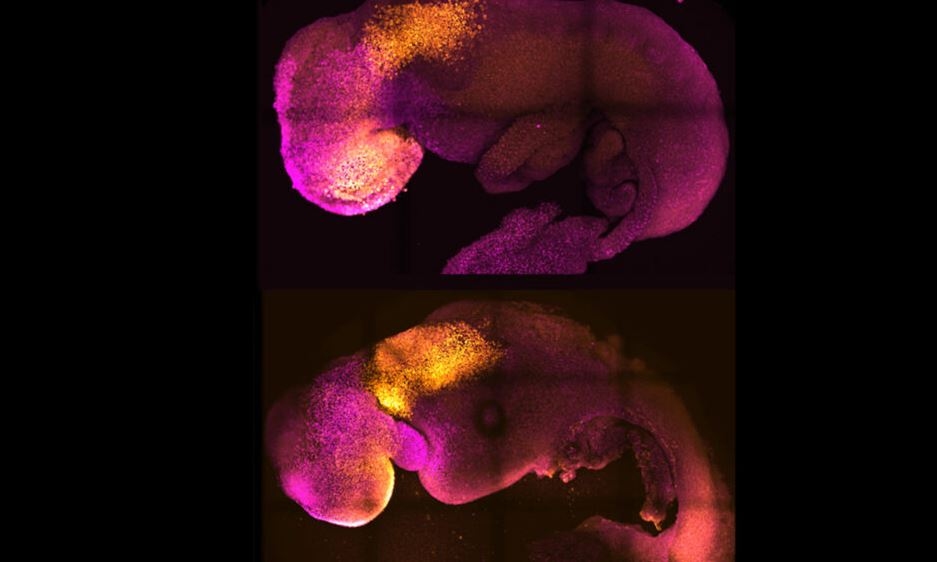Even though COVID-19 is still receiving the most of media attention, this year’s biomedical advancements were not just focused on “The Rona.” The year 2022 saw the completion of successful and apparently spectacular research, which may one day lead to positive news for sufferers.
Developing synthetic versions of embryos
This year, two separate publications detailed the steps that may be taken to simulate the earliest phases of mammalian development. Scientists combined mouse stem cells, which then self-assembled to birth what looks to be a type of fledgling embryo — neither egg or sperm were necessary for this to occur. This was accomplished with a little of laboratory wizardry. These synthetic embryos, which were produced from stem cells, have the potential to create proto hearts, brains, and intestines as they continue to develop. However, the resemblance to naturally occurring mouse embryos is rapidly lost. There is a difference of around eight days in development between the synthetic and natural variants. Nevertheless, the investigation of comparable clusters of human stem cells may one day provide a technique to investigate the development of human embryos without having to depend on the actual embryos themselves.
Advanced methods for the transplantation of organs
The practise of organ transplantation has begun to resemble science fiction. A 57-year-old man in failing health was given a heart from a genetically altered pig in January, and he was able to live with the transplanted organ for a period of two months. In other operations, doctors have implanted pig hearts into the bodies of brain-dead individuals. This is a preparatory step for future clinical studies with human subjects. In addition, a high-tech device that was attached to the pigs’ corpses one hour after they had passed on assisted in maintaining organ function. A combination of actual and synthetic blood is pumped into the animals as part of the technique, which may one day be used to maintain human organs prior to surgical removal.
The relationship between Epstein-Barr virus and multiple sclerosis
Early on in this year, researchers made a major revelation about Epstein-Barr virus when they hypothesised that the virus is the primary factor in the development of the neurological illness multiple sclerosis. An infection with the virus significantly increased the risk of later getting multiple sclerosis, according to a review of millions of people who joined the United States military. The relationship between the virus and multiple sclerosis, which scientists had assumed but had never laid out so explicitly, may pave the door for possible therapies for multiple sclerosis or perhaps, one day, immunisations to prevent the illness.
At long last, a fully sequenced human genome
In 2003, scientists made the announcement that they had successfully deciphered all of the genetic information that was packed into strands of human DNA. This was the first sequencing of the human genome. However, this genome was not quite finished; there were still some twisted up stretches of DNA that were difficult to decode. This year, a group of people finished up the unfinished business. The researchers announced their new and enhanced human genome in March; this version of the human genome is complete from beginning to finish.
Artificial intelligence is used to predict protein structures
The advancement of structural biology has been accelerated tremendously by artificial intelligence. More than 200 million protein three-dimensional structures have been successfully predicted by a deep learning software known as AlphaFold. The huge collection might be helpful to researchers investigating health and illness in a wide variety of animals, including humans and honeybees. The shapes themselves have not been validated as structures in a lab, but the dataset as a whole could be. According to the founders of the artificial intelligence startup that developed AlphaFold, seeking for the predicted structure of a protein is now virtually as simple as putting the protein’s name into Google.
